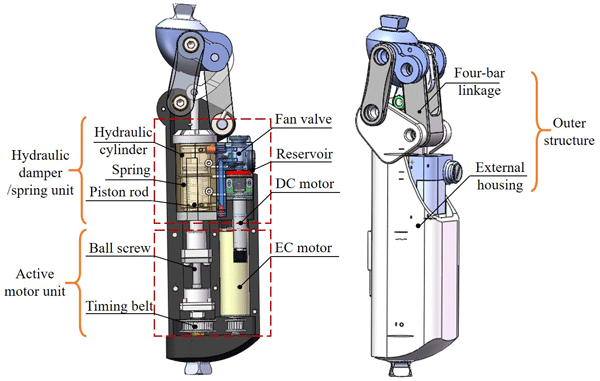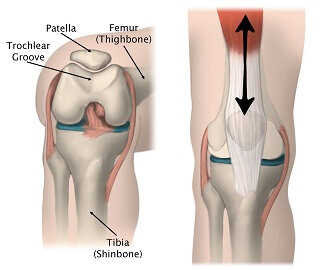Passive (a) and active (b) patellar tracking.
4.6 (415) In stock
4.6 (415) In stock
Download scientific diagram | Passive (a) and active (b) patellar tracking. from publication: EXAMINATION OF THE PATELLOFEMORAL JOINT | Patellofemoral pain is one of the leading causes of knee pain in athletes. The many causes of patellofemoral pain make diagnosis unpredictable and examination and treatment difficult. This clinical commentary discusses a detailed physical examination routine for the patient | Clinical Reasoning, Joints and Pain | ResearchGate, the professional network for scientists.

Applied Sciences, Free Full-Text

Passive muscle contraction of quadriceps. The patient is requested to

EXAMINATION OF THE PATELLOFEMORAL JOINT. - Abstract - Europe PMC

MS - Design and evaluation of a hybrid passive–active knee prosthesis on energy consumption

Patellar Tracking Disorder Patellofemoral Tracking Syndrome

Knee Cap Exercises: Improve Patella Tracking - Knee Pain Explained

Dual track hamstring injury rehab: Sprinting and strength training progressions - Sportsmith

Patellofemoral Pain Syndrome – Everything You Need to Know

EXAMINATION OF THE PATELLOFEMORAL JOINT. - Abstract - Europe PMC

Irreducible or missed lateral patellar dislocation

PDF) EXAMINATION OF THE PATELLOFEMORAL JOINT

Ultrasound Measurement of Lateral Patellar Displacement: A Cadaveric Validation Study

Hamstring Injuries in Athletes - Sports Medicine Review